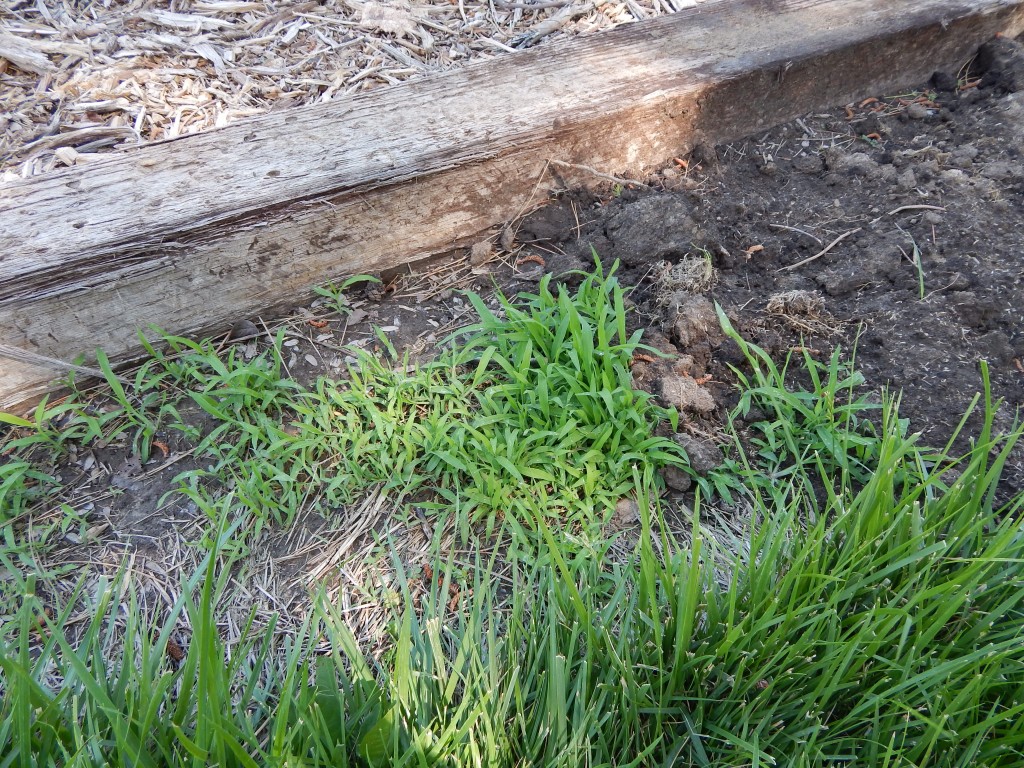(By Jared Hoyle, KSU Turfgrass Research and Extension)

This time of year all across Manhattan, KS we are seeing star-of-bethlehem popping up in lawns. The reports that I get are from older lawns… Might be something I need to look into. Maybe, this plant escaped from traditional landscape plantings and is now taking over the lawns?

It is a very pretty plant with showy, 6-petaled white flowers that have a distinct green stripe underneath. It is a perennial bulb that sometime appears to look like clumps of grass. The leaves are linear and smooth, flat in cross-section and have a with midrib.
This plant also likes shady and moist areas of the lawn. With the recent moisture and more on the way we are not short of moist areas in the lawn around Manhattan right now.
Although it is has very distinctive characteristics it can be confused with other plants that are commonly found in lawns; crowpoison (Nothoscordum bivalve), spring beauty (Claytonia virginica), wild garlic (Allium vineale) and wild onion (Allium canadense).
For chemical control there are couple of options. Both sulfentrazone and carfentrazone have shown to be very effective.
Always remember to READ THE LABEL for the correct rate, turfgrass tolerance, and specific instructions before application!!!
***Mention of trade names or commercial products in this article is solely for identification purposes and does not imply recommendation or endorsement, nor is criticism implied of similar products not mentioned by Kansas State University.***
Don’t forget to follow me on twitter @KSUTurf.
Also, visit our facebook page www.facebook.com/KSUTurf



